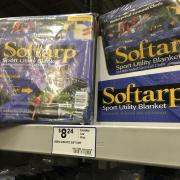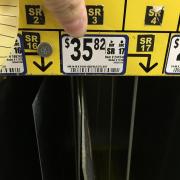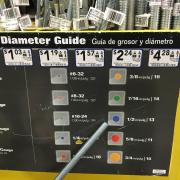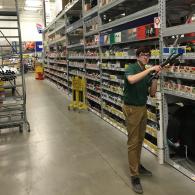Building Prototypes/ Meeting with Mentors
After an enlightening meeting with mentors from Meggitt and Adec, we began to redesign and rethink our project. We decided to break away from the term "structure" which leads to expensive connotations and focus on creating the shelter in its entireity. Meggitt mentor Trever Cochran recommended that our team would build our project out of 2 part foam and have a cinch-up system with bamboo pools. He pointed out that if our project were going to be structurally unsound, it would either spiral downwards or break on one of the 3 poled sides. Using a teepee like design can lengthen the support from the legs at the top of the shelter. Mat Parlier from Adec recommended focus on using commonly manufactured parts and tools and don't design anything that reqires unique manfacturing. Both of them mentioned to be wary of transportation. Trever said that in terms of spacial area in a shipping box that could be shipped to Nepal, a square design is most efficient.

We began looking for old tent supplies in people's homes and purchasing prototype materials


at Lowes, Fred Meyers, and other local stores. We purchased several PC poles and found a really cheap tent with a dome-like design we are interested with testing. Figures 1-4 to the right show some of the specifics materials that we are going to be testing with for one of first versions of our Mid-Year Technical Review prototype. 
We are still in the design phase with our structure's legs and feet. We are working on anaylsis of proper balance affordable, and ideally local to Nepal, materials and proper stability and function. After further research in 2 part foam, we found several pros and cons. Pros include the fact that it can be cheap when purchased in masses and it can be extremely sturdy and malleable. Cons, however, include that fact that we couldn't let the foam be exposed to the environment as it will get dirty, unkempt, and possibily moldy. Also, foam isn't exactly recycle and good for the environment. Trever suggested creating means of manufacturing foams bricks in Nepal, which could be used for anything, but is really demaging to the environment.
Our team treads on, trying to think of new designs that will best help the community of Nepal. We have a planned Skype meeting to meet with RedCross next week and will meet with Nepal shelter enthusaist who is currently in Nepal.
Like our page on Facebook and follow our Instagram accounts to recieve further updates on our progress!


